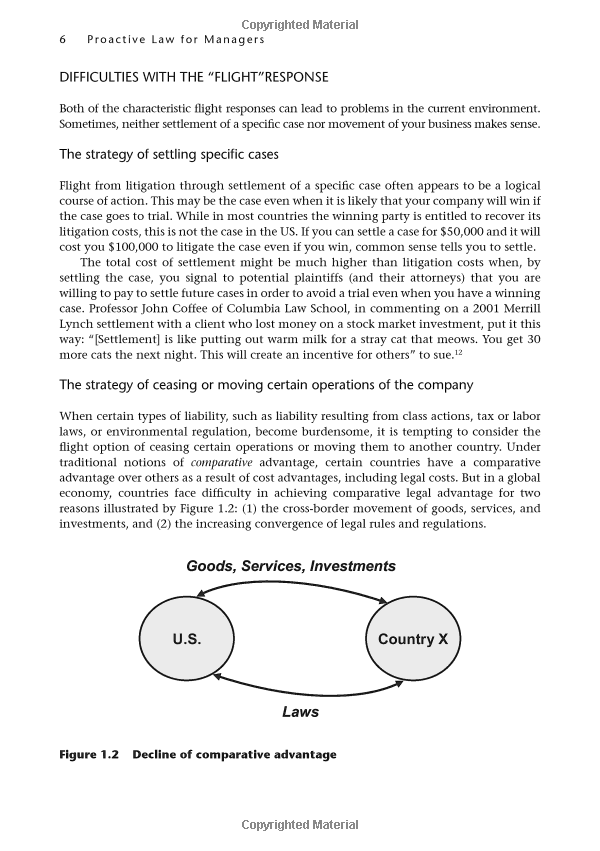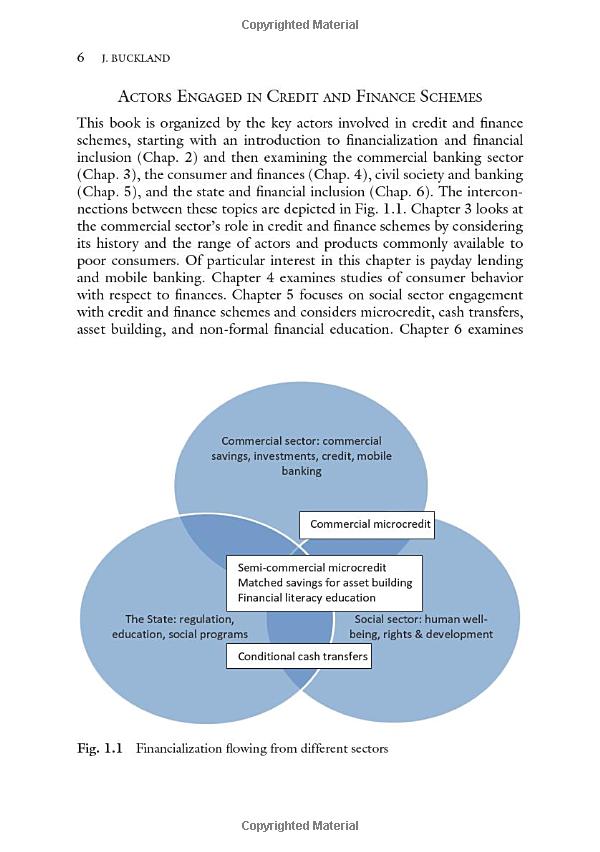Understanding the Differences Between Loan Agreement vs Bond Indenture: A Comprehensive Guide
#### Loan Agreement vs Bond IndentureIn the world of finance, understanding the distinctions between a loan agreement and a bond indenture is crucial for bo……
#### Loan Agreement vs Bond Indenture
In the world of finance, understanding the distinctions between a loan agreement and a bond indenture is crucial for both borrowers and investors. These two financial instruments serve different purposes and come with their own sets of terms and conditions. This guide aims to clarify these differences and help you make informed decisions in your financial dealings.
#### What is a Loan Agreement?
A loan agreement is a legal document that outlines the terms and conditions between a borrower and a lender. It specifies the amount of money being borrowed, the interest rate, the repayment schedule, and any collateral that may be required. Loan agreements are typically used for personal loans, business loans, and mortgages, among other types of financing.
The primary purpose of a loan agreement is to protect the interests of both parties. For the borrower, it ensures that they understand their obligations regarding repayment. For the lender, it provides a legal recourse in case the borrower defaults on the loan. Loan agreements can be customized to fit the needs of the parties involved, allowing for flexibility in terms, such as variable interest rates or deferred payments.

#### What is a Bond Indenture?
On the other hand, a bond indenture is a formal contract between bond issuers and bondholders. This document outlines the terms of the bond, including the interest rate (or coupon), maturity date, and any covenants that the issuer must adhere to. Bond indentures are primarily used in the context of corporate or government bonds, where the issuer raises capital by selling bonds to investors.
The bond indenture serves as a protective measure for bondholders, ensuring that their rights are safeguarded. It may include provisions for events of default, which outline the circumstances under which bondholders can take action if the issuer fails to meet its obligations. Unlike loan agreements, bond indentures are typically less flexible, as they are standardized documents that apply to all bondholders.
#### Key Differences Between Loan Agreement and Bond Indenture

1. **Nature of the Agreement**: A loan agreement is a direct contract between a borrower and a lender, while a bond indenture involves multiple bondholders and is a contract between the issuer and all bondholders collectively.
2. **Flexibility**: Loan agreements can be customized to meet the specific needs of the borrower and lender, whereas bond indentures are generally standardized and less flexible.
3. **Purpose**: Loan agreements are typically used for various types of loans, while bond indentures are specifically for raising capital through bond issuance.
4. **Legal Protections**: Both documents provide legal protections, but the mechanisms differ. Loan agreements protect the lender's interests directly, while bond indentures include provisions that protect the collective interests of all bondholders.

5. **Repayment Terms**: Loan agreements often include detailed repayment schedules, while bond indentures may have fixed interest payments over the life of the bond, culminating in a lump sum repayment at maturity.
#### Conclusion
In summary, understanding the differences between a loan agreement and a bond indenture is essential for anyone involved in financing or investing. Each serves a unique purpose and offers different protections and obligations for the parties involved. By grasping these distinctions, you can navigate the financial landscape more effectively and make informed decisions that align with your financial goals. Whether you are borrowing money or investing in bonds, knowing the terms and conditions of these agreements can significantly impact your financial outcomes.